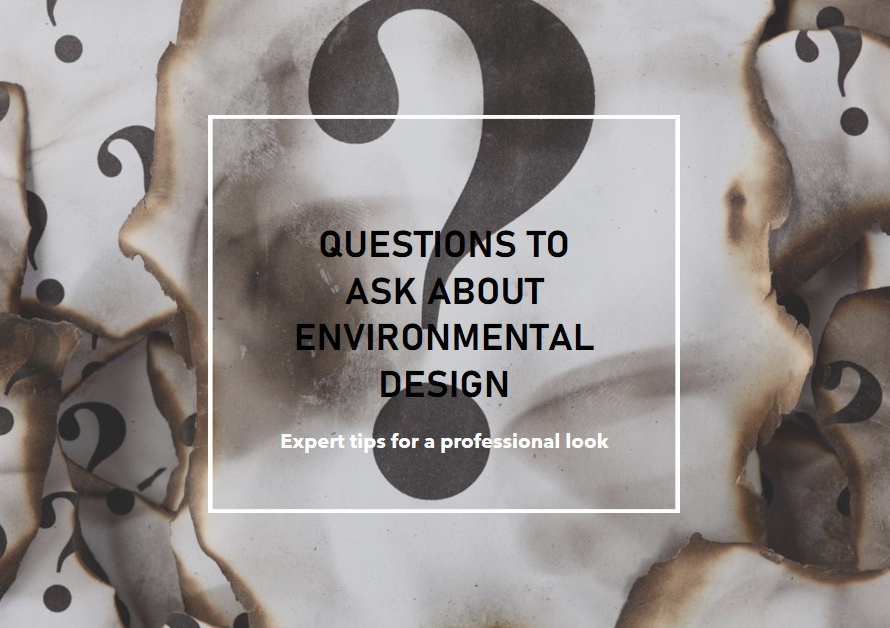
Table of Contents
- Introduction: The Art and Science of Interior Design
- 1. Moving into a New Home: Start Fresh with Professional Insight
- 2. Renovating an Existing Space: Achieving a Cohesive Transformation
- 3. Maximizing Small Spaces: Creativity Within Constraints
- 4. Creating a Functional Workspace: Enhancing Productivity and Comfort
- 5. Incorporating Sustainable Design: Eco-Friendly Choices for a Better Future
- 6. Personalizing Your Space: Reflecting Your Unique Style
- 7. Addressing Complex Design Challenges: Expertise for Difficult Spaces
- 8. Increasing Property Value: Strategic Investments for Long-Term Gains
- 9. Simplifying the Design Process: Stress-Free Execution
- Conclusion: The Value of Professional Interior Design
Introduction: The Art and Science of Interior Design
Interior design is an intricate blend of art and science that aims to enhance the interiors of a space to achieve a healthier and more aesthetically pleasing environment. While many homeowners and business owners enjoy decorating their own spaces, there comes a time when hiring an interior designer is not just a luxury but a necessity. This blog post will explore various scenarios where the expertise of an interior designer can be invaluable, ensuring your space is both functional and beautiful.
1. Moving into a New Home: Start Fresh with Professional Insight
Moving into a new home presents an exciting opportunity to create a space that truly reflects your personality and lifestyle. However, this blank canvas can also be overwhelming. An interior designer can help you visualize the potential of your new home, providing fresh ideas and innovative solutions tailored to your preferences.
Professional designers bring a wealth of knowledge about current trends, timeless styles, and practical considerations. They can assist in selecting the right furniture, color schemes, and décor elements that harmonize with your home’s architecture, ensuring a cohesive and inviting atmosphere from day one.
2. Renovating an Existing Space: Achieving a Cohesive Transformation
Renovations can be complex, whether you’re updating a single room or undertaking a complete home makeover. An interior designer can streamline this process by creating a comprehensive plan that integrates your vision with functional design principles. Their expertise ensures that each element of your renovation works together seamlessly, avoiding costly mistakes and rework.
In addition, designers have access to a network of reliable contractors and suppliers, ensuring that your renovation is executed efficiently and to the highest standards. They can also manage the project from start to finish, allowing you to focus on enjoying the transformation rather than stressing over the details.
3. Maximizing Small Spaces: Creativity Within Constraints
Designing small spaces requires a unique set of skills to ensure every square foot is utilized effectively. An interior designer can help you overcome the challenges of limited space by creating innovative storage solutions, selecting multi-functional furniture, and using color and lighting to enhance the sense of space.
By understanding the principles of spatial design, designers can transform even the tiniest of areas into functional and stylish spaces. They can turn cramped rooms into cozy retreats, making small living areas not just livable but delightful.
4. Creating a Functional Workspace: Enhancing Productivity and Comfort
A well-designed workspace can significantly impact productivity, creativity, and overall well-being. Whether you’re setting up a home office or redesigning a corporate space, an interior designer can help you create an environment that supports your work habits and promotes efficiency.
Interior designers consider ergonomics, lighting, acoustics, and spatial layout when designing workspaces. They can recommend furniture that supports good posture, lighting that reduces eye strain, and layouts that facilitate workflow. By creating a functional and comfortable workspace, designers help you achieve your professional goals in a setting that inspires and motivates.
5. Incorporating Sustainable Design: Eco-Friendly Choices for a Better Future
Sustainable design is becoming increasingly important as we strive to reduce our environmental footprint. An interior designer with expertise in sustainable practices can guide you in making eco-friendly choices that benefit both your space and the planet. From selecting sustainable materials to implementing energy-efficient solutions, a designer can help you create a space that is beautiful, healthy, and environmentally responsible.
Sustainable design goes beyond aesthetics; it includes considerations like indoor air quality, natural lighting, and energy conservation. By integrating these elements, designers create spaces that are not only visually appealing but also promote a healthier and more sustainable lifestyle.


6. Personalizing Your Space: Reflecting Your Unique Style
Every individual has a unique style and personality that should be reflected in their living or working space. An interior designer can help you articulate your personal style and translate it into a cohesive design that feels authentically yours. Through careful selection of colors, textures, furniture, and décor, a designer can create a space that resonates with your tastes and preferences.
Working with a designer allows you to explore different design styles and elements that you may not have considered on your own. They can introduce you to new concepts and help you step outside your comfort zone, resulting in a space that is both unique and true to your vision.
7. Addressing Complex Design Challenges: Expertise for Difficult Spaces
Certain spaces come with inherent design challenges, such as awkward layouts, unusual architectural features, or specific functional requirements. An interior designer’s expertise is particularly valuable in these situations. They have the skills to analyze complex spaces and develop creative solutions that maximize functionality and aesthetic appeal.
Designers can tackle issues like integrating structural elements into the design, optimizing natural light, and ensuring efficient traffic flow. Their problem-solving abilities and innovative thinking can turn difficult spaces into highlights of your home or office.
8. Increasing Property Value: Strategic Investments for Long-Term Gains
Investing in professional interior design can significantly increase the value of your property. Whether you plan to sell your home or lease a commercial space, a well-designed interior can make a powerful impression on potential buyers or tenants. An interior designer can help you make strategic design choices that enhance the appeal and functionality of your space, making it more attractive to the market.
Designers understand the features that add value and can recommend updates and improvements that offer the best return on investment. By enhancing your property’s aesthetic and functional qualities, they ensure it stands out in a competitive market.
9. Simplifying the Design Process: Stress-Free Execution
One of the greatest benefits of hiring an interior designer is the peace of mind that comes with knowing your project is in capable hands. The design process can be overwhelming, with countless decisions to make and details to manage. An interior designer can simplify this process by handling everything from concept development to final installation.
Designers coordinate with contractors, manage budgets, source materials, and ensure that every aspect of the project aligns with your vision. Their organizational skills and industry connections streamline the entire process, allowing you to enjoy the journey without the stress.
Conclusion: The Value of Professional Interior Design
Hiring an interior designer is an investment in your space and your quality of life. Whether you’re moving into a new home, renovating an existing space, or simply seeking to refresh your surroundings, a professional designer can provide the expertise, creativity, and practical solutions needed to achieve your goals. By considering the scenarios outlined in this blog post, you can determine when it’s time to bring in an expert to help you create a space that is both beautiful and functional. Embrace the transformative power of interior design and enjoy the lasting benefits of a professionally curated environment.


